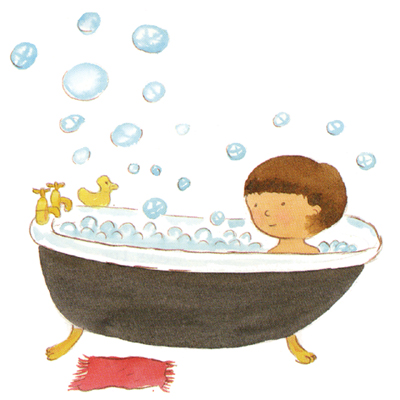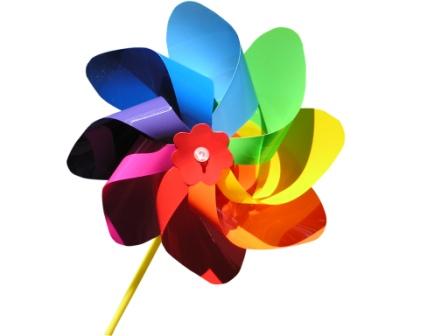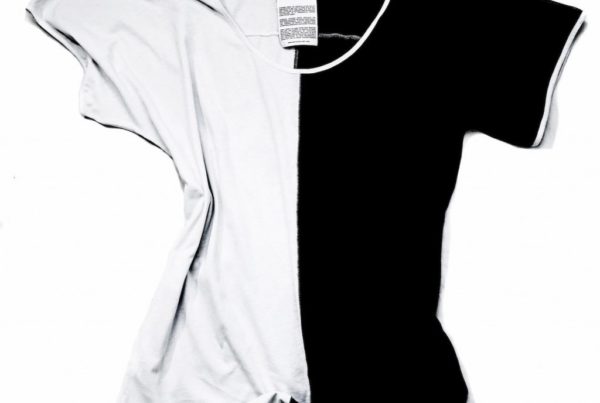Light waves . . . sound waves . . . it’s all pretty hard for a younger elementary student to understand. They can see light and hear sound, but the wave part just isn’t something they can perceive with their senses. A good way to begin to introduce the topic of waves is with water waves. A wave that is visible and moves slowly enough for them to observe the actual wave itself.
Use bath time as a way to introduce the topic of waves to your younger child. Here are some basic wave properties that can be observed in the tub:
1. Have your child make a series of waves in the water and observe. The highest point in a wave is called the crest. The lowest point is the trough. As you make waves toward your child, have him/her point out or try to catch a crest and a trough.
2. The distance between the crest of one wave and the crest of the next wave is the wavelength. Have your child experiment to find a way to make waves with a long wavelength and then with a short wavelength. Talk about what determines the size of the wavelength. (How fast the child moves determines the wavelength. All waves are caused by vibrations. The speed of the vibration determines the wavelength.)
3. The distance between the height of the crest and the midpoint of the wave (the water level if there were no wave) is the amplitude. Have your child experiment to find a way to change the amplitude of the waves. Talk about what determines the size of the amplitude. (Amplitude is actually determined by the amount of energy in the wave. The more energy your child puts into making a wave, the larger its amplitude will be.)
Through this bath time activity, your younger child will learn the basic parts of a wave and two fundamental wave properties. And, they will be a little cleaner, too! 🙂




